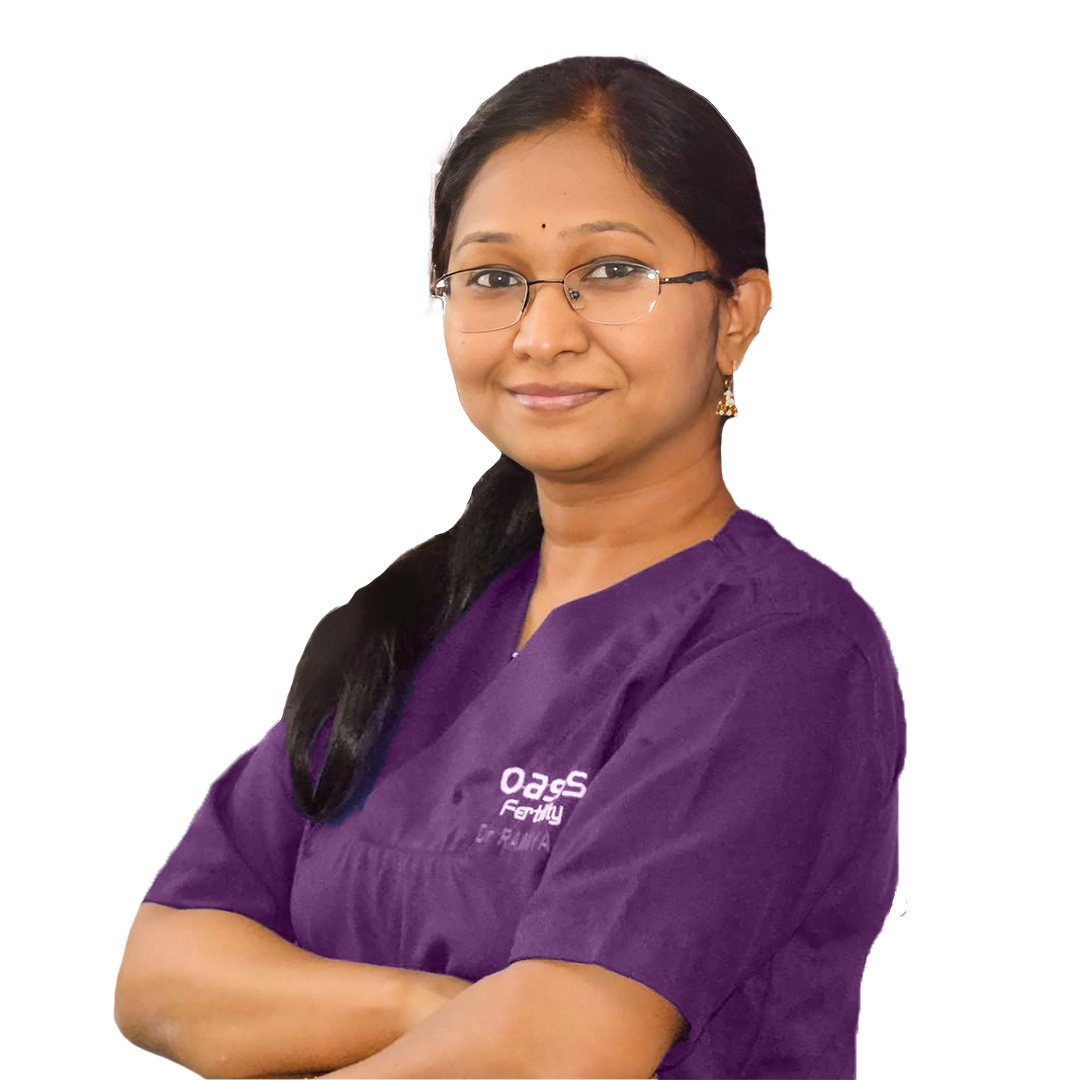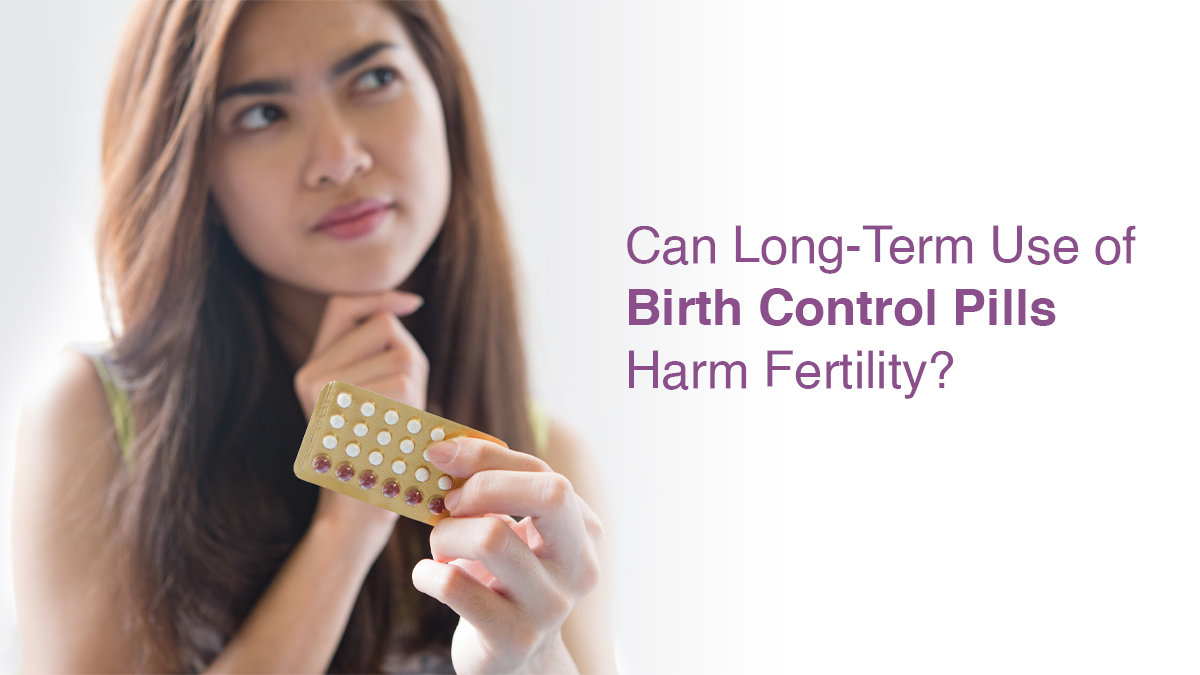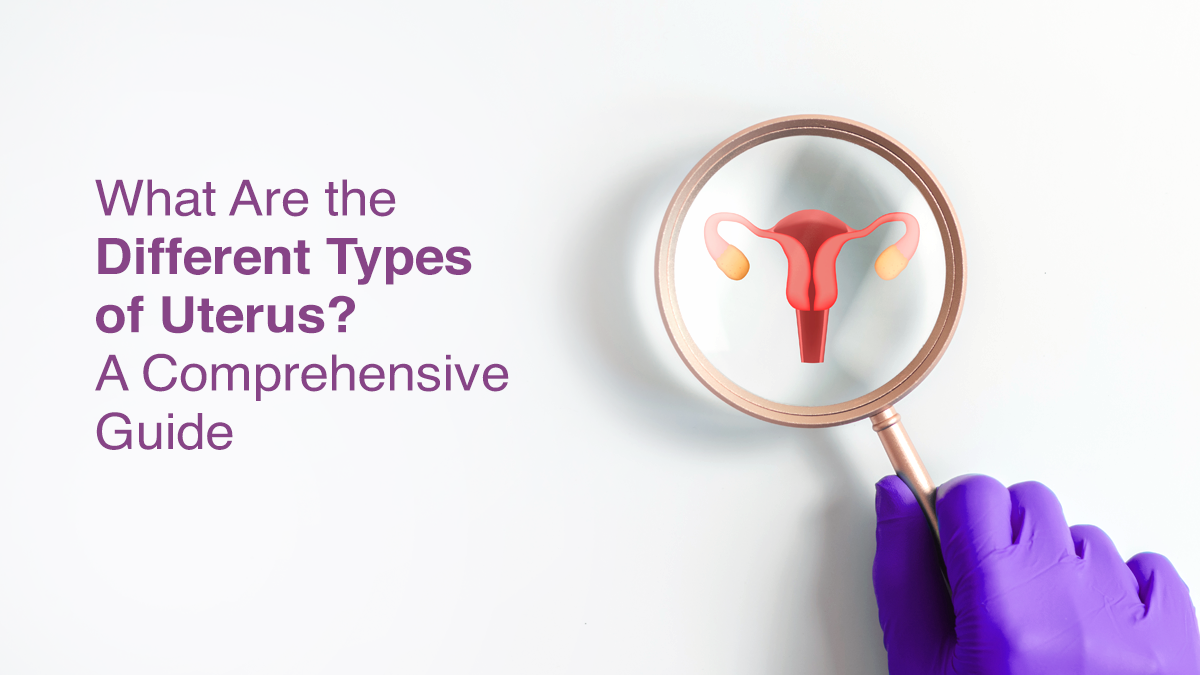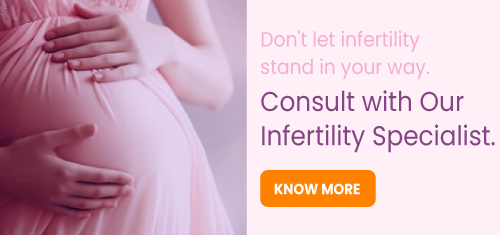
Elderly Primigravida: What to Expect in First-Time Pregnancy After 35

Motherhood is a rewarding experience no matter when it begins. Increasingly, women are choosing to have children later in life, and for many reasons: career goals, personal goals, and health. Thanks to advancements in medical knowledge and fertility options, it is now safer and more possible than ever to have your first baby after age 35!
Although pregnancy at an older age does have few different considerations, there is nothing that cannot be managed with proper care and support. In the medical literature, women expecting their first baby, who are pregnant at the age of 35 and older are called elderly primigravida.
What is Elderly Primigravida and Why Does It Matter?
Elderly primigravida simply means a woman is pregnant for the first time at an elderly primi age – 35 years or older. The term may seem outdated, but it provides doctors with valuable information about risks when it comes to pregnancies in women over 35. At the age, fertility and egg quality decreases, and slightly more complications occur. Understanding this information can help you plan and prepare.
What Are the Health Risks of Pregnancy After 35?
Carrying a pregnancy at an older primi age can complicate medical and psychosocial issues such as hypertension, gestational diabetes, and preeclampsia. The risk of miscarriage or other placental concerns may also rise slightly. Nonetheless, these risks can often be ameliorated through a healthy lifestyle and routine appointments. With good care of elderly primigravida, most women have safe pregnancies.
How Does Pregnancy After 35 Affect the Baby?
Babies of elderly primigravida mothers may face a slightly higher chance of low birth weight, early delivery, or genetic issues like Down syndrome. But thanks to modern prenatal testing and care, many of these risks can be caught early and managed well. Most babies born to mothers at an elderly primi age are healthy.
Can You Get Pregnant Naturally After 35?
Yes, natural pregnancy is possible even at an elderly primi age, though it may take longer. A woman’s egg count and quality decline with age, so fertility may be lower. If you’ve been trying for six months without success, consult a fertility doctor. Understanding the causes of elderly primigravida, such as late marriage or career planning, can help guide the next steps.
What Are the Best Fertility Treatment Options for Older Mothers?
If natural conception becomes difficult, fertility treatments can help. Options like ovulation-stimulating drugs, IUI (intrauterine insemination), and IVF (in vitro fertilization) are commonly used. Women with poor egg quality may consider egg donation. The right treatment depends on your health, egg reserve, and any underlying issues. With early evaluation and the right support, many women of elderly primi age successfully conceive.
How to Prepare for a Healthy Pregnancy After 35?
Good preparation can make a huge difference. Start with a preconception checkup to assess overall health. Begin taking folic acid and prenatal vitamins to support the baby’s development. Eat a balanced diet rich in calcium, iron, and protein. Regular light exercise, like walking or prenatal yoga, can help keep your body strong. At elderly primi age, it’s also important to manage stress, avoid alcohol and tobacco, and get plenty of sleep. All these steps support your body for a smoother pregnancy journey.
What Prenatal Care Do You Need for a High-Risk Pregnancy?
For women of elderly primi age, prenatal care needs to be more frequent. Expect more regular ultrasounds, blood tests, and screenings for gestational diabetes or preeclampsia. Tests like NIPT (non-invasive prenatal testing) can detect genetic concerns early. Doctors will also monitor fetal growth and your overall health closely. With timely checkups, most complications of elderly primigravida can be managed before they become serious.
What Delivery Options Are Safe for First-Time Mothers Over 35?
Delivery choices depend on your and your baby’s condition. Many elderly primigravida women have normal vaginal deliveries, especially if there are no complications. But some may need a C-section due to issues like delayed labour, placenta problems, or fetal distress. Your doctor will recommend the safest option based on your specific situation.
How to Recover After Childbirth at an Older Age?
Recovery after childbirth can take a little longer at an elderly primi age, especially if you’ve had a C-section. Prioritize rest, eat nourishing foods, and stay hydrated. Emotional changes like postpartum blues are normal, so don’t hesitate to seek help. Gentle movement and regular postnatal visits will support healing and well-being.
Conclusion
While pregnancy after 35 may need more attention, it’s entirely possible to have a healthy baby. With the right support, preparation, and regular checkups, your experience as an elderly primigravida can be joyful and fulfilling. To get to know more, make an appointment at a Oasis Fertility Clinic near you. You can also call us on 1800-3001-1000 or use our live chat option for prompt help.
FAQs
What are the chances of natural conception after 35?
Many women conceive naturally after 35, though it may take more time. A doctor can help assess fertility if needed.
Is pregnancy after 35 always considered high-risk?
Yes, but “high-risk” mainly means closer monitoring, not that something will definitely go wrong.
Does being an elderly primigravida increase the need for a C-section?
There may be a slightly higher chance, but many women still have normal deliveries with proper care.

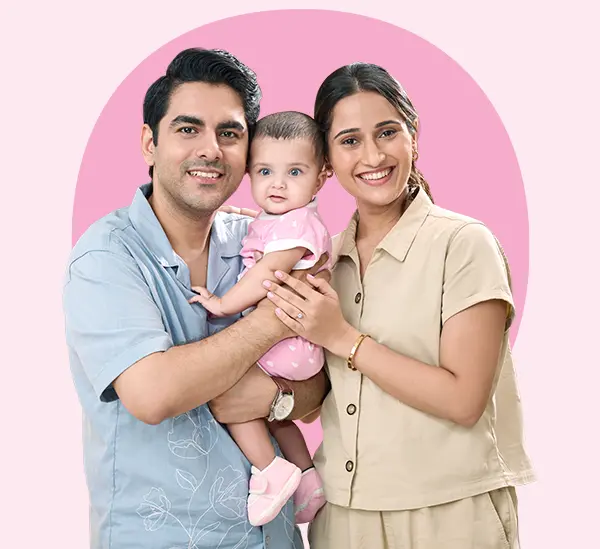
fill up the form to get a
Free Consultation
Avail 0% interest on EMI
All Procedures | No Upper Limit
How we reviewed this article:
- Current Version
